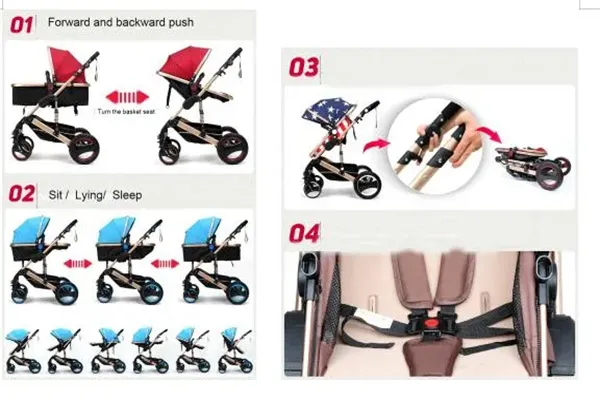10 月 . 07, 2024 14:12 Back to list
how to install a mountain bike rear derailleur
How to Install a Mountain Bike Rear Derailleur
Installing a rear derailleur on your mountain bike can seem daunting, but with the right tools and a bit of patience, you can do it yourself! This guide will walk you through the process step by step, ensuring that you set up your bike correctly for optimal shifting performance.
Tools You Will Need
Before you start, gather the following tools
- Phillips screwdriver - Allen key set (usually 4mm, 5mm, and 6mm) - A chain tool (if you need to reassemble the chain) - Bike stand or a sturdy surface to work on - Clean rag and degreaser (for maintenance)
Step 1 Remove the Old Derailleur
If you're replacing an existing derailleur, begin by shifting your bike to the smallest chainring and the smallest rear cog. This will relieve tension on the derailleur. Next, use an Allen wrench to remove the derailleur mounting bolt, usually found on the derailleur hanger at the rear dropout of the frame. Then, disconnect the cable by loosening the cable anchor bolt on the derailleur. Make sure to also remove the chain if it is still connected to the derailleur.
Step 2 Prepare the New Derailleur
Before installing the new derailleur, check if it’s compatible with your bike’s drivetrain setup. Ensure it matches the gear ratios and the existing chain type (8, 9, 10, or 11-speed). Adjust it according to the manufacturer's specifications in the user manual, particularly the limit screws that control the derailleur's range of motion.
Step 3 Attach the New Derailleur
Position the new derailleur over the derailleur hanger and align it properly. Secure it using the mounting bolt you removed earlier. Make sure it is tightly fastened but be cautious not to overtighten, as this could damage the hanger.
how to install a mountain bike rear derailleur

Step 4 Install the Chain
If you removed the chain in Step 1, now is the time to reinstall it. Thread the chain through the derailleur’s jockey wheels, ensuring it wraps around the smaller cog at the rear and the appropriate chainring at the front. If your chain was broken and needs a quick link or reassembly, use the chain tool to connect the ends securely.
Step 5 Attach the Cable
With the chain installed, it’s time to attach the shifting cable. Feed the cable through the derailleur’s cable housing and then through the anchor bolt. Pull it taut and tighten the bolt securely. Be sure that there’s no slack in the cable, which can lead to poor shifting performance.
Step 6 Adjust the Limit Screws
Using a Phillips screwdriver, adjust the limit screws (often labeled H and L for high and low) to set the outer and inner limits of the derailleur's movement. The high limit screw prevents the chain from shifting beyond the smallest cog, while the low limit screw regulates the movement toward the largest cog. Shift through the gears multiple times to ensure smooth and precise transitions.
Step 7 Fine-Tuning the Cable Tension
Finally, you might need to adjust the cable tension for smooth operation. You can do this by turning the barrel adjuster (usually found on the shifter or near the derailleur). A quarter-turn adjustment can make a significant difference. Test shifting through all gears and make fine adjustments as necessary.
Conclusion
Installing a new rear derailleur can enhance your mountain biking experience by providing more reliable shifting and improved performance. This task can be accomplished with basic tools and a little patience. If you encounter difficulties, don’t hesitate to consult bike repair videos or reach out to a local bike mechanic for assistance. Happy riding!
-
The Main Application Scenarios of Mountain Bike
NewsOct.29,2024
-
Suggestions for Selecting and Maintaining Mountain Bike
NewsOct.29,2024
-
Characteristics of Kids Balance Bike
NewsOct.29,2024
-
Characteristics of Baby Stroller
NewsOct.29,2024
-
Characteristics and Advantages of Mountain Bike
NewsOct.29,2024
-
Baby Stroller Purchasing Suggestions
NewsOct.29,2024
-
Suggestions for Purchasing Kids Balance Bike
NewsOct.09,2024

